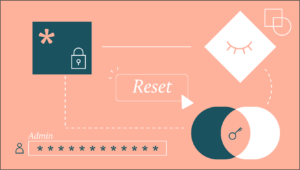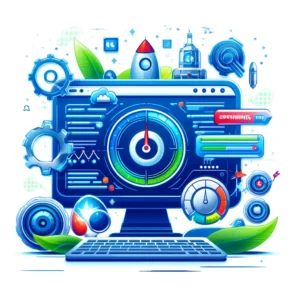In today’s digital era, technology is rapidly changing the way we live, work, and take care of our health. One area that has seen significant advancements is wearable devices, specifically fitness trackers and smartwatches. These IoT-based wearables have gained immense popularity due to their ability to collect data on physical activity, heart rate, sleep patterns, and more. In this blog post, we will delve into how these devices have revolutionized fitness tracking, health monitoring, and overall well-being in a simple and reader-friendly manner.
- Empowering Fitness Tracking: Fitness trackers, like wristbands or clip-on devices, are designed to monitor physical activity levels and provide valuable insights into an individual’s fitness progress. With built-in sensors, they can track steps taken, distance covered, calories burned, and even analyze exercise techniques. This information helps users set and achieve their fitness goals, make informed decisions about their exercise routines, and stay motivated throughout their fitness journey.
- Real-Time Health Monitoring: Smartwatches, equipped with advanced sensors and biometric technology, continuously monitor vital signs such as heart rate, blood pressure, and even electrocardiograms (ECG). Through IoT connectivity, these wearables transmit real-time health data to mobile apps or cloud-based platforms. This allows individuals to monitor their health metrics, identify potential issues, and take necessary actions promptly. Early detection of irregularities can potentially save lives by enabling timely medical intervention for conditions like arrhythmia, high blood pressure, or other heart-related problems.
- Analyzing Sleep Quality: Wearable devices also play a crucial role in monitoring and analyzing sleep patterns. By wearing a smartwatch or a sleep-tracking band, users can gain insights into their sleep duration, quality, and interruptions. These devices use motion sensors and heart rate monitors to detect periods of deep sleep, light sleep, and rapid eye movement (REM) sleep. With this information, individuals can identify factors that affect their sleep patterns and make adjustments to improve their sleep quality. By ensuring adequate rest, they can enhance their overall well-being and productivity.
- Personalized Health Insights: IoT-based wearables collect a wealth of data over time, allowing for personalized health insights. Advanced algorithms analyze this data, providing users with valuable information about their fitness levels, activity patterns, and health trends. Wearables also offer personalized recommendations for improving fitness routines, optimizing sleep, and achieving wellness goals. By utilizing machine learning and artificial intelligence, these devices continuously learn and adapt to individual preferences, offering tailored guidance and feedback to each user.
- Social and Competitive Features: In addition to individual benefits, wearable devices foster a sense of community and motivation through social and competitive features. Many fitness trackers and smartwatches allow users to connect with friends, share achievements, and participate in challenges or competitions. This social aspect adds an element of fun and camaraderie to the fitness journey, promoting healthy competition and accountability among users. By staying connected and engaged, individuals are more likely to maintain their fitness routines and push themselves to achieve new milestones.
Conclusion: IoT-based wearable devices, such as fitness trackers and smartwatches, have transformed the way we monitor and improve our health. These devices offer a wealth of benefits, from tracking physical activity to analyzing sleep patterns and monitoring vital signs. With the power of IoT connectivity and advanced algorithms, wearable devices provide convenience, accuracy, and interactivity. By helping users improve fitness, track health progress, and detect potential health issues, IoT-based wearables have become invaluable tools for individuals striving to lead healthier lives.











